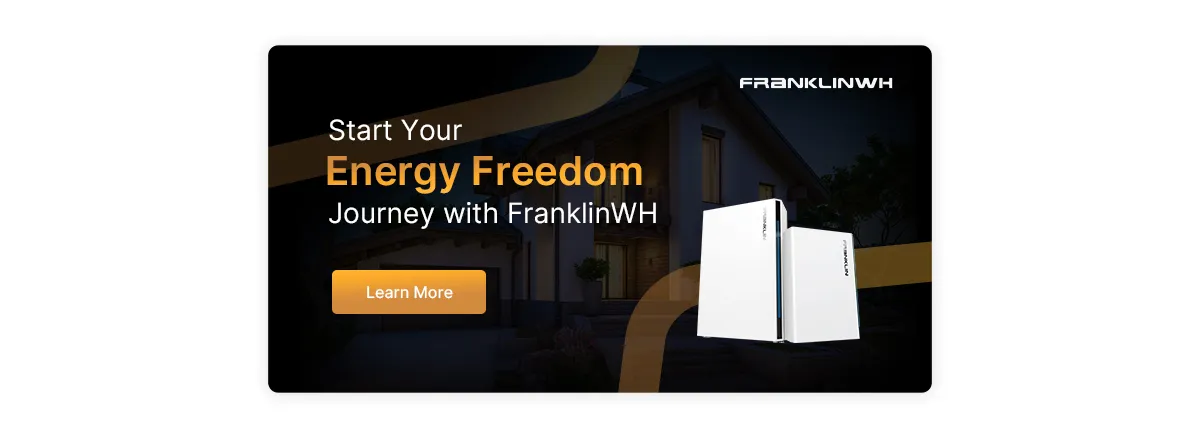The cornerstone of emergency and disaster management is mitigation. It refers to the continuous effort spent on lessening the impact that disasters will have on people and property. Most mitigation efforts usually revolve around engineering bridges and buildings to withstand earthquakes, keeping homes away from floodplains, and the like.
However, mitigation can occur at the individual level too. Any action taken to reduce the impact that disasters will have on your families and homes is considered mitigation.
How Disaster Mitigation Can Help
Fewer individuals and their communities will become victims of disasters when the right mitigation technologies and techniques are applied. For instance, you can apply mitigation measures to strengthen your home and avoid being completely devastated by earthquakes, floods, hurricanes, and other calamities.
Mitigation measures are also useful for helping businesses and industries remain operational even during a catastrophe. Fire stations, hospitals, and other necessary facilities can also benefit from mitigation as they’re able to remain operational or quickly reopen after a calamity in order to respond to emergencies.
Disaster losses and suffering are also reduced since there would be less demand for resources and money in the aftermath.
Mitigation usually occurs in many forms including:
- Purchasing flood insurance so your belongings are protected
- Securing water heaters and shelves to nearby walls
- Developing and enforcing effective building standards and codes
- Constructing furniture and fixtures using fire-retardant materials
- Elevating or relocating certain facilities and homes away from the floodplains
- Installing hurricane straps so the structure’s roof remains securely attached to its walls and foundation
- Engineering bridges and roads so they can better withstand earthquakes
- Developing and implementing a plan to reduce susceptible hazards in your business or community
Some of the actions listed above can still apply to the individual level of disaster mitigation, albeit at a lower scale.
One of the consequences of any disaster or calamity that individuals are usually unable to properly mitigate is the loss of power and energy. Not only will it make living through the catastrophe and its aftermath difficult, but it will also be a struggle to communicate with those who are outside the area of the calamity and ask for assistance or keep them updated on your status.
This is where the home energy storage and management solution comes in.
Home Energy Storage and Management
A home energy storage consists of a battery that lets you store surplus electricity to be consumed later. Combining the battery with the solar power generated by your photovoltaic system allows it to store any energy generated during the day.
A battery energy storage allows your home solar power system to operate effectively since it can optimize the use of electricity. It also allows for less dependency on the electricity grid because of its energy self-consumption capability.
Home energy storage systems can either be installed with a solar power system or added to an already existing one.
The way the home battery storage works is that the solar panel connects to a controller, which also connects to the battery racks where it’s stored. The current from the battery passes through a small inverter that transforms it from AC to DC or vice versa. The current then passes through a meter into your wall sockets.
The power capacity of the battery can range from 1 kWh to over 10 kWh. Usually, households go for the battery with 10 kWh of energy storage capacity, which is how much power the battery puts out when fully charged.
Homeowners also typically choose to connect their batteries to their most important appliances like refrigerators, lights, a few power outlets to charge phones, and the Wi-Fi system. A typical 10 kWh battery can last from ten to twelve hours in case of a total blackout. But it can also depend on what the battery is being used to power. For instance, a refrigerator can last up to 14 hours with a 10 kWh battery, a TV can go for 130 hours, and a single LED light bulb can last for one thousand hours.
With a home energy storage battery, the amount of self-produced energy your home can consume significantly increases. This allows you to not be as reliant on a utility to power your home, protecting you from price spikes and supply fluctuations. It also reduces carbon emissions, which means home energy storage is not only cost-effective but environmentally friendly as well.
But one of the more significant benefits of home energy storage is that it can reduce the consequences that would affect your family and home in the event of a calamity or a disaster taking place.
With localized backup power, the aftermath of natural disasters won’t be as devastating as without it. Home energy storage can easily meet the energy demands during wildfires, floods, and other extreme weather events that have become more intense and frequent because of climate change.
FranklinWH offers home energy solutions that are reliable and sustainable. It’s also fairly easy to install and incredibly user-friendly. The 12-year warranty that comes with their solutions means that you won’t have to stress over any malfunctions or issues with the home energy storage.
It’s a straightforward solution to mitigating disaster and addressing some of the resiliency issues in your home.




